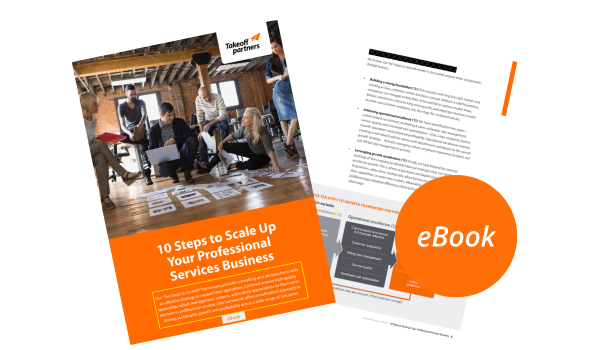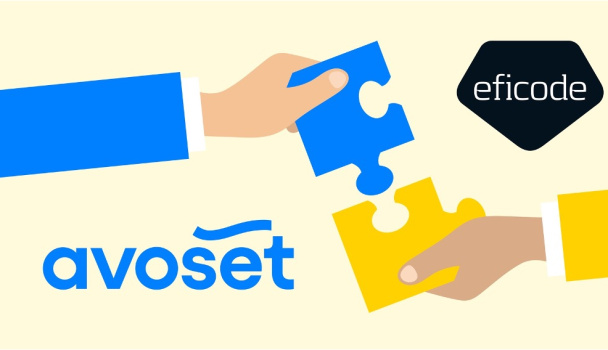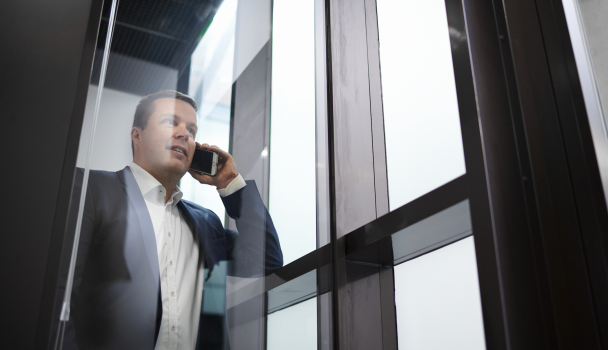An afternoon with global minded entrepreneurs - Recap of the Growth Board event

What is the secret of taking a business global? Forget textbooks. There is no one magic formula or theory, only lots of homework, time spent on strategy, time spent on testing and learning – and unlearning. ‘Be smart and run fast’ would probably be the essence. But how does that happen?
Growth Board 2015,
organized by Boardman2020 and Takeoff Partners in cooperation, brought together
Finnish entrepreneurs and business leaders interested in international growth.
Instead of theorizing,
the conference focused on practical experiences, and provided concrete examples
that spring from the experiences of the facilitators and participants. The
afternoon program consisted of two keynote speakers and seven facilitated
roundtable discussions. Plenty of time was also reserved for networking, and
the participants used it well.
The great half-marathon of Reima
Opening the program
was Elina Björklund, the CEO of Reima, manufacturer of functional kids’ outdoor
wear. According to Björklund’s own words, talking about the company’s
internationalization right now was like talking about how a marathon went at halfway,
yet the audience was impressed by the success of the company so far.
Some of the golden nuggets in Björklund’s presentation included branding and the very thorough brand strategy work that the Reima team has gone through. Selling ‘protection from mud’ probably isn’t an argument for, say, a French Mom, so the Reima brand rather rides on the Nordic lifestyle, values, and design. Also, the brand positioning needs to be premium for the global market so as to avoid falling into the shrinking mid-priced apparel segment.
Needless to say,
online is the home base for Reima, with concept stores as part of the palette. Also,
Björklund emphasized profitability (that the company has not sacrificed) and very
methodical execution – and speed of course, especially in learning from
mistakes. Given that Finland is not among the usual suspects for successful
consumer brands, the Reima story is indeed an inspiring one.
The most expensive mistake? Pick a wrong business model
Looking into the flipside of the coin of success and speaking about the biggest mistakes that a growth entrepreneur can make when aiming global was Kim Väisänen, a Partner with Takeoff Partners and formerly the founder and CEO of data erasure company Blancco.
Väisänen raised
‘picking the wrong business model and sticking with it’ as the most expensive
mistake that an entrepreneur can make. Why? Because choosing a business model
takes a lot of time and effort, and even if it proves wrong over time, letting
go of something like that is hard for anyone. Yet there are many companies that
are unwilling to admit that their chosen business model is not optimal, and the
whole thing should be reworked. Sitting on a model like that costs both money
and opportunities forgone.
The stages of going global discussed in groups
The afternoon continued with roundtable discussions on seven topics, very briefly summarized below:
- Scaling
a digital service fast and effectively to the global market
Finns tend to do bits and pieces digitally, yet we rarely think through the entire digital process and the customer’s path. User experience is everything! Also, we should think more of ecosystems and partnerships rather than competition and just doing things on our own. - Producing
the needed market & competitor information to support business plans and
investor decks
Market insights for investor purposes dominated the discussion. Most don’t do this properly. Consider outsourcing the analysis, stretched entrepreneurs rarely have the time and necessarily the skills to do it by themselves. Cover the entire ecosystem: Not just the direct competition but also the potential ones. Startup, differentiate yourself among other startups looking for financing with great market analysis! - Designing
and executing a winning go-to-market strategy
Understand the global client locally. In order to access the client one needs local networks, and that’s the difficult part. Invest in your own know-how and global market access. Don’t be afraid to use help as partners and advisors. Finally, plan is a plan, and implementation is always key. - Harnessing
the needed human resources and expertise for international expansion
It’s always difficult to find the person that exactly you are looking for. Failures do happen as well, and that’s tough in many ways. Business models differ, and so do the solutions and best working models, there’s no ‘one size fits all’. “If we can’t find the right person from our own network, we might consider using a consultant” is a relatively common approach. - Implementing
a market entry in practice
It does not go as the textbook teaches you! There’s no clear formula, rather it’s the ‘path of the drunken sailor’ and finding the best working model through trying out approaches. Top management starts to travel and understand how the local things work. First reference deal is key (after the right people of course). Attitude counts; ‘just do it!’ - Selling
internationally
‘Selling first and producing only then’ is traditionally tough for Finns. Learn with the customers, know their needs. Study the market before you go. Create a story that the customer will remember. Competitive advantage: You need to be better than the competition; remember to highlight those elements. How technology can help: Quite easy to implement local web stores nowadays. Also, helping sales with different templates and automated processing is becoming commonplace. - Developing
scalable management structures and systems for international expansion
Think ahead with regards to structures: Once international growth happens, IT systems, financial reporting processes and tools, HR management systems, and many other processes will be put to test. No-one wants chaos, and structures are there to manage growth in a controlled fashion. Still at the end of the day, it’s all about people and the company culture. Without the right people and culture one won’t be able to implement processes no matter how great they are on paper.
Overall, the Growth Board afternoon served as a great networking event that the participants seemed to enjoy. It also highlighted the fact that structured discussion and documented best practices on taking businesses global are much needed in Finland.
Lots of experience and success cases exist already. Yet in order for new startups to be able to speed up their internationalization and avoid some mistakes that others have already learned from, more of this type of exchange of thoughts and experiences is needed.
Thank you once again to all presenters, facilitators and participants, looking forward to continuing the work together!






